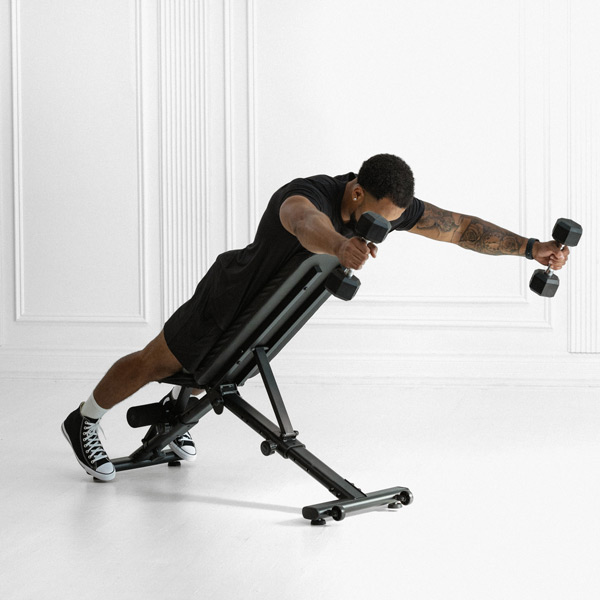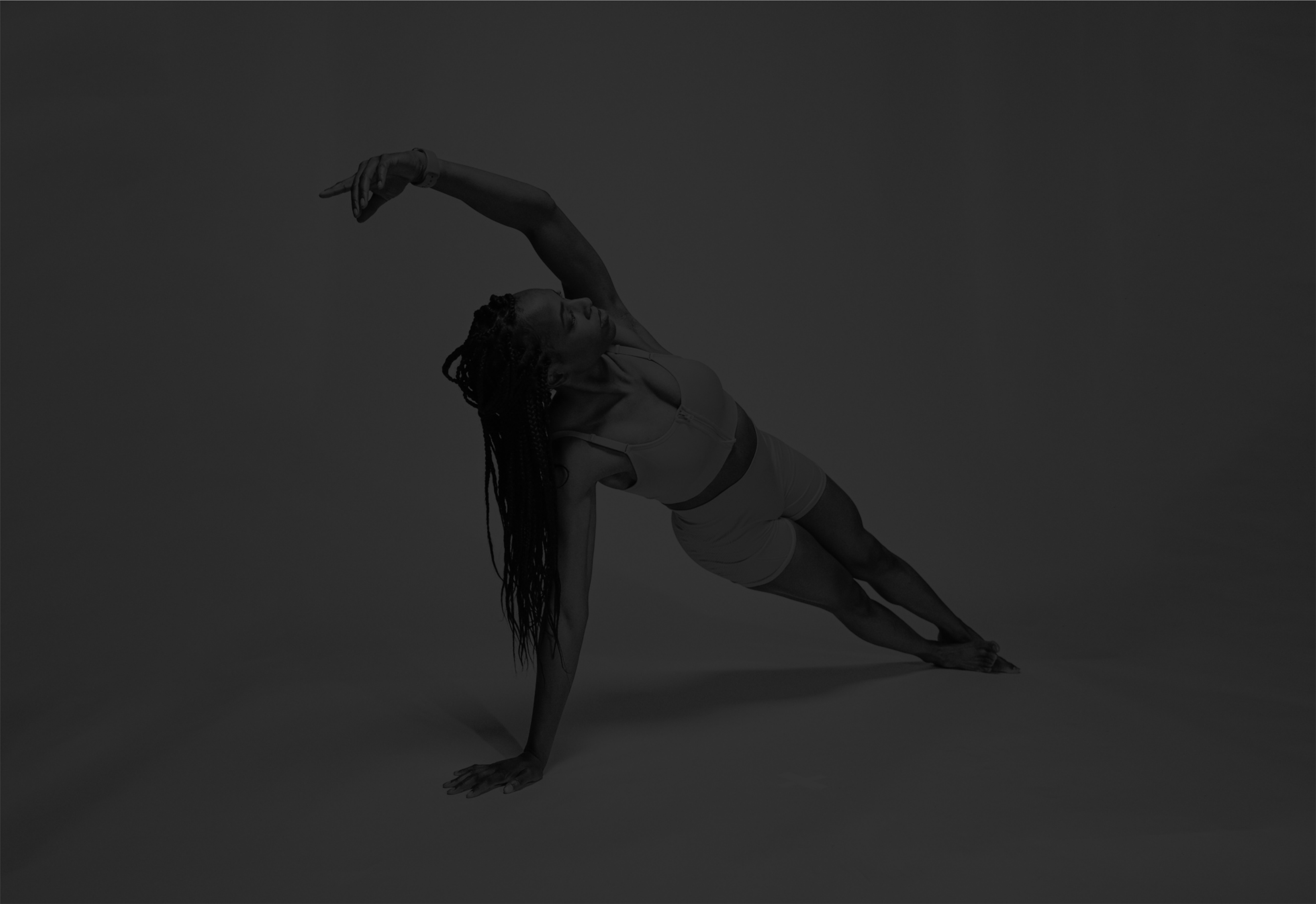Dumbbell Incline Bench Reverse Fly
 Auto Detected
Auto DetectedAn isolation exercise performed prone on an incline bench with dumbbells, targeting rear deltoids and upper back muscles to improve shoulder balance, posture, and posterior strength for hypertrophy and stability.
About Exercise
Equipment
Dumbbells, Incline Bench
Difficulty
2/5 • Intermediate
Primary Muscle Groups
Shoulders
Secondary Muscles
Lats, Forearms
Popularity Score
7
Goals
Training Style
Setup Requirements
Requires Rack
No
Requires Bench
Yes
Requires Spotter
No
Space Needed
Small
Noise Level
Low
Muscle Breakdown
View Muscle MapShoulders
10/10Rear Delts
Traps
7/10Mid Traps
Lats
5/10Teres Major
Forearms
3/10Flexors
Programming
Typical Rep Range
10-15 reps
Rest Between Sets
60-90 seconds
How to Perform
Adjust incline bench to 45 degrees. Lie face-down with chest supported, feet flat on floor, holding dumbbells with neutral grip hanging straight down.
- Engage core to stabilize spine.
- Exhale and raise dumbbells out to sides in wide arc, leading with elbows.
- Squeeze shoulder blades together at top.
- Pause briefly to feel contraction in rear delts.
- Inhale and lower dumbbells slowly to start position.
- Maintain slight elbow bend throughout.
- Repeat for reps.
Coaching Tips
Form Cues
- Lead with elbows
- Squeeze blades together
- Keep elbows slightly bent
- Avoid swinging weights
- Maintain neutral spine
Breathing
Inhale during lowering phase; exhale during upward raise. Brace core before each rep.
Tempo
3-1-2
Range of Motion
Raise arms until parallel to floor or slightly below shoulder height; lower until arms hang straight down without losing tension.
Safety
Safety Notes
- Avoid if acute shoulder impingement
- Use light weights to master form
- Shorten ROM if pain occurs
- Keep neck aligned with spine
- Start with lighter loads for beginners
Spotting
Not typically required; use safety pins if heavy, but prefer rack safeties for free weights.
Common Mistakes
- Using momentum from hips
- Locking elbows
- Arching back
- Letting weights hang at bottom
- Jutting head forward
When to Avoid
- Shoulder impingement
- Rotator cuff injury
- Lower back issues
Flexibility Needed
- Shoulder horizontal abduction
- Scapular mobility
Build Up First
- Master basic dumbbell row form
- Understand scapular retraction
Also known as
Incline Rear Delt Fly, Prone Dumbbell Reverse Fly, Incline Bench Rear Fly
Found this helpful?
Share your thoughts or help us improve this guide.
Similar Exercises

Dumbbell Incline Bench Y Raise
Dumbbells, Incline Bench
Shoulders

Dumbbell Incline Bench Front Raise
Dumbbells, Incline Bench
Shoulders

Dumbbell Rear Delt (Reverse) Fly

Dumbbells
Shoulders
Dumbbell Incline Bench IYT
Dumbbells, Incline Bench
Shoulders, Traps

Dumbbell Reverse Fly on Stability Ball
Dumbbells, Stability Ball
Shoulders

Dumbbell Incline Fly

Dumbbells, Incline Bench
Chest
Dumbbell Fly Low to High Incline Bench
Dumbbells, Incline Bench
Chest

Dumbbell Incline Bench Press

Dumbbells, Incline Bench
Chest

Dumbbell Standing Rear Delt Fly
Dumbbells
Shoulders

Dumbbell Reverse-Grip Shoulder Press
Dumbbells
Shoulders


subscribe to our newsletter
Contact Us
hello@trainfitness.aiFind Us
130 Spadina Avenue, Toronto,
Ontario, M5V 0H4, Canada
©2025 All Rights Reserved
